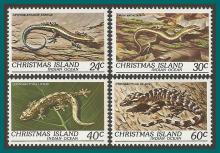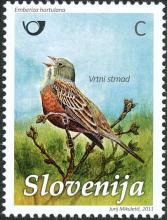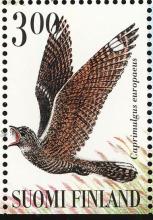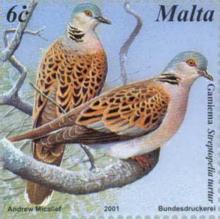Without Birds, Lizards, and Other Vertebrate Pollinators, Plant Reproduction Could Decline by Two-Thirds
Bees tend to get the most attention as pollinators critical to the survival of plant species. But lizards, mice, bats, and other vertebrates also act as important pollinators. A new study finds that fruit and seed production drops an average 63 percent when vertebrates, but not insects, are kept away from plants.










